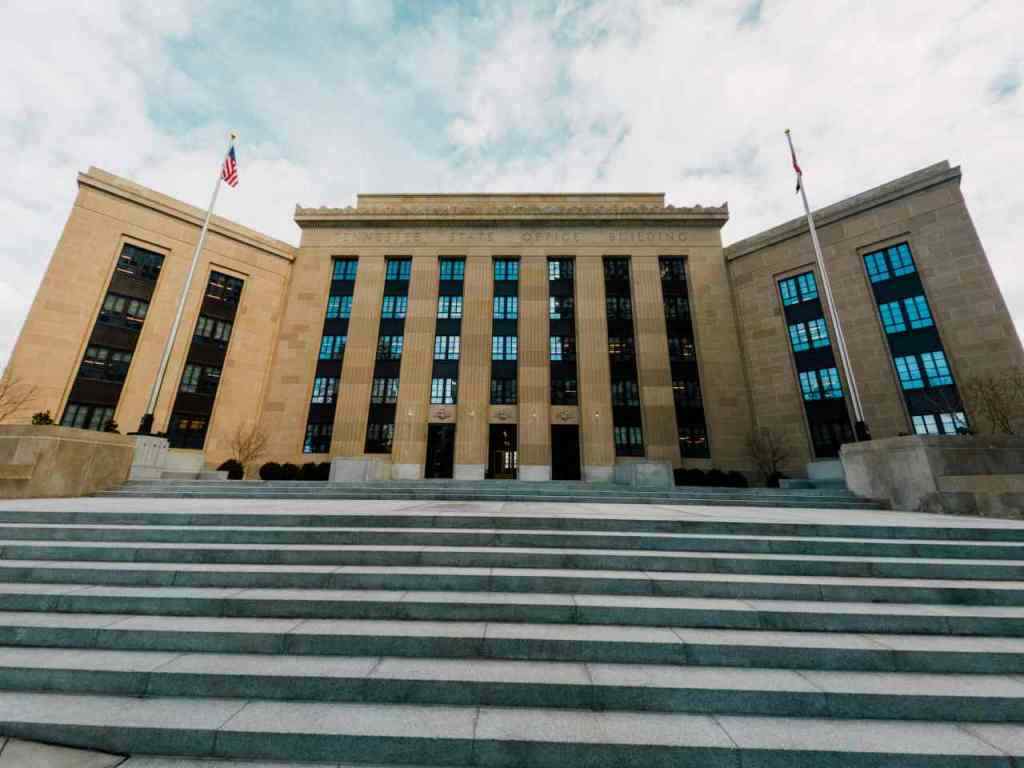Federal Reserve’s Easing Stance: A Glimmer of Hope
Amidst the ongoing battle against inflation, the Federal Reserve’s (Fed) stance on interest rates has become a topic of intense speculation. While the Fed has maintained a hawkish stance in recent months, raising interest rates aggressively to curb inflation, there are signs that an easing approach may be on the horizon.
Outlook for Interest Rates
Atlanta Fed President Raphael Bostic has hinted at the possibility of a potential interest rate cut in 2024. However, he emphasizes that the timing and extent of any policy easing remain uncertain. Inflation, which remains stubbornly high, will play a key role in determining the Fed’s next move.
Bostic anticipates a gradual decline in inflation throughout the year. He projects that inflation will eventually return to the Fed’s target of 2% in late 2025 or early 2026.
Economic Indicators
The Fed’s decision-making process is heavily influenced by economic indicators. Wage and job growth, pricing power, and inflation outlook are among the key factors under consideration.
Wage and Job Growth
Businesses in the Southeast Fed district, which Bostic oversees, anticipate a slowdown in both wage and job growth. This could potentially ease inflationary pressures as demand for labor and upward pressure on wages abate. However, tech companies may be an exception to this trend, as they continue to hire aggressively.
Pricing Power
Firms have experienced a decline in pricing power after significant price hikes in 2022. This suggests that businesses are facing increasing resistance from consumers to further price increases.
Inflation Outlook
Bostic projects further progress on inflation throughout the year. He expects inflation to gradually decline as supply chain disruptions ease and monetary policy takes effect. However, he acknowledges that the path to lower inflation may be bumpy and uncertain.
To read the full article, please click here.
Federal Reserve’s Easing Stance Remains Possible
Outlook for Interest Rates
Atlanta Fed President Bostic anticipates a potential interest rate cut in 2024, but the timing and extent of policy easing remain uncertain. Inflation decline may be gradual.
Economic Indicators
Wage and Job Growth
Businesses in the Southeast Fed district anticipate a slowdown in wage and job growth. Employers expect to return to pre-pandemic wage growth levels, with tech companies possibly being an exception.
Pricing Power
Firms experience a decline in pricing power after significant price hikes in 2022.
Inflation Outlook
Progress and Timeline
Bostic projects further progress on inflation throughout the year, with a return to 2% expected in late 2025 or early 2026.
Job Growth and Inflation
A gradual slowdown in job growth is necessary to reduce inflation. April’s job growth number (175,000) was still considered strong, highlighting the need for sustained moderation.
Fed Policy
Rate Cut Timing
Bostic anticipates only a single quarter-percentage-point cut late in 2024. The focus is on determining the appropriate timing for rate cuts.
‘Higher for Longer’ Approach
Bostic emphasizes the need for interest rates to remain elevated for an extended period to ensure inflation is under control.
Unemployment Rate
Job growth needs to slow, but Bostic estimates that monthly employment gains in the “low” hundred thousand range would maintain a steady unemployment rate.
Economic Strength and Inflation
Optimism and Cautiousness
Bostic remains optimistic about easing inflation pressures, but acknowledges that the economic ride is expected to be bumpy due to the focus on combating inflation.
Conclusion
With the Fed’s unwavering commitment to bringing inflation down, the economic outlook remains uncertain. However, Bostic’s cautious optimism suggests that the central bank is carefully assessing economic data and will make adjustments to its policy stance as needed. Businesses and consumers alike should prepare for a period of elevated interest rates, but also be aware that the Fed is closely monitoring the situation and will act to support economic growth as inflation eases.
